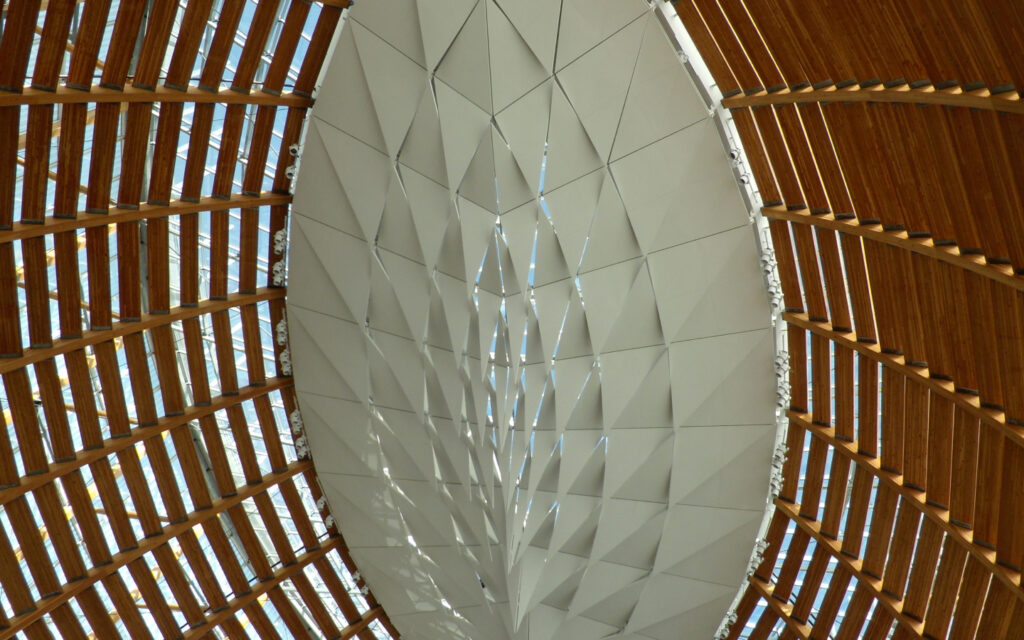Vivian L. Paul, Texas A&M University, College Station, Texas (USA) vpaul@neo.tamu.edu
Suwimon Udphuay, Texas A&M University, College Station, Texas (USA)
suwimons@hotmail.com
Mark E. Everett, Texas A&M University, College Station, Texas (USA) everett@tamu.edu
Robert B. Warden, Texas A&M University, College Station, Texas (USA) r-warden@tamu.edu
Summary:
Ground-penetrating Radar (GPR) has become an established tool in archeological surveys, providing a non-invasive way to determine the presence of subsurface remains and suggest locations for further exploration. However, without actual excavation, GPR is only as good as the interpretation of results, which depends upon a solid understanding of context. This paper presents the results of the GPR survey carried out in the thirteenth-century Cistercian abbey church of Valmagne in south central France. Survey results raised several issues of interpretation highlighting both positive and problematic aspects of GPR. Determining which of the revealed subsurface remains were relevant and what they might mean was difficult. Certain evidence suggested, for instance, that the twelfth-century building may have had a rectangular sanctuary and chapels of unequal width opening off a transept comparable in width and length with the existing transept. Other evidence suggested the unlikely possibility of a twelfth-century ambulatory. Difficulty in interpreting the subsurface anomalies at Valmagne indicates that while GPR can provide clear evidence of the existence and location of subsurface remains, it must be used with caution as only one amongst a kit of tools available to the historian.




